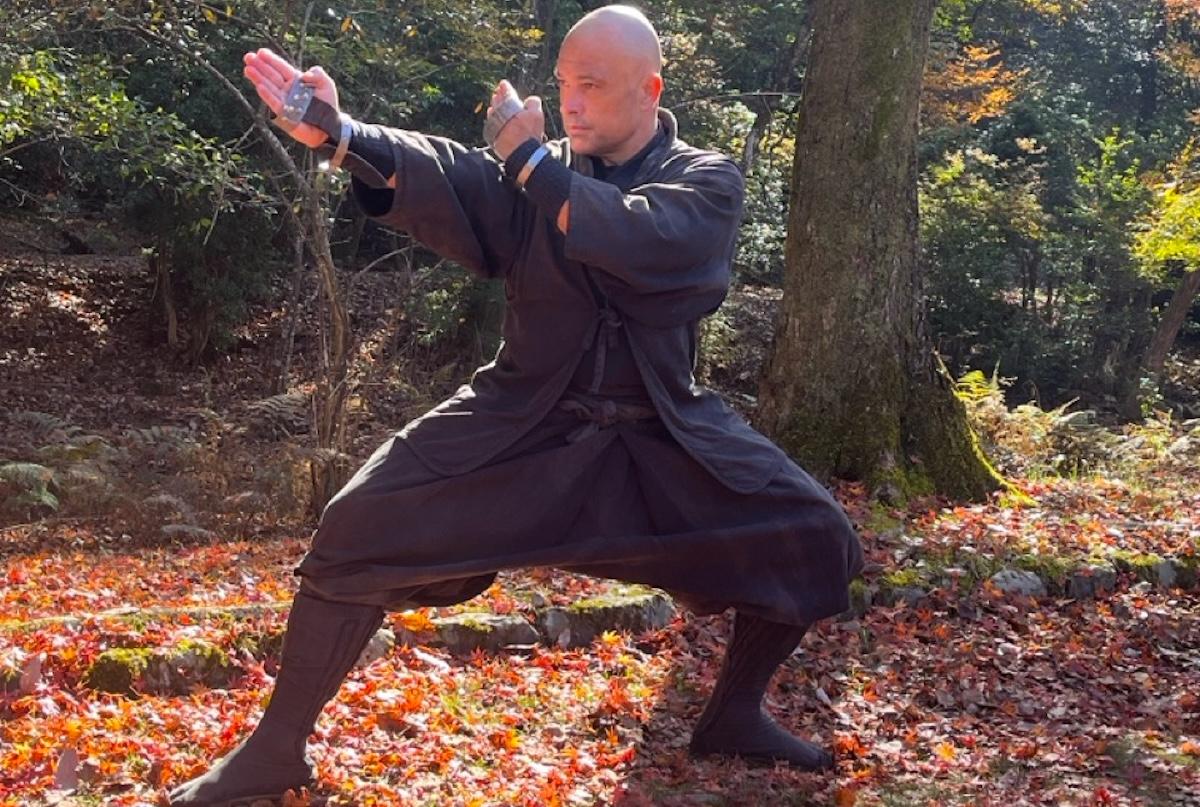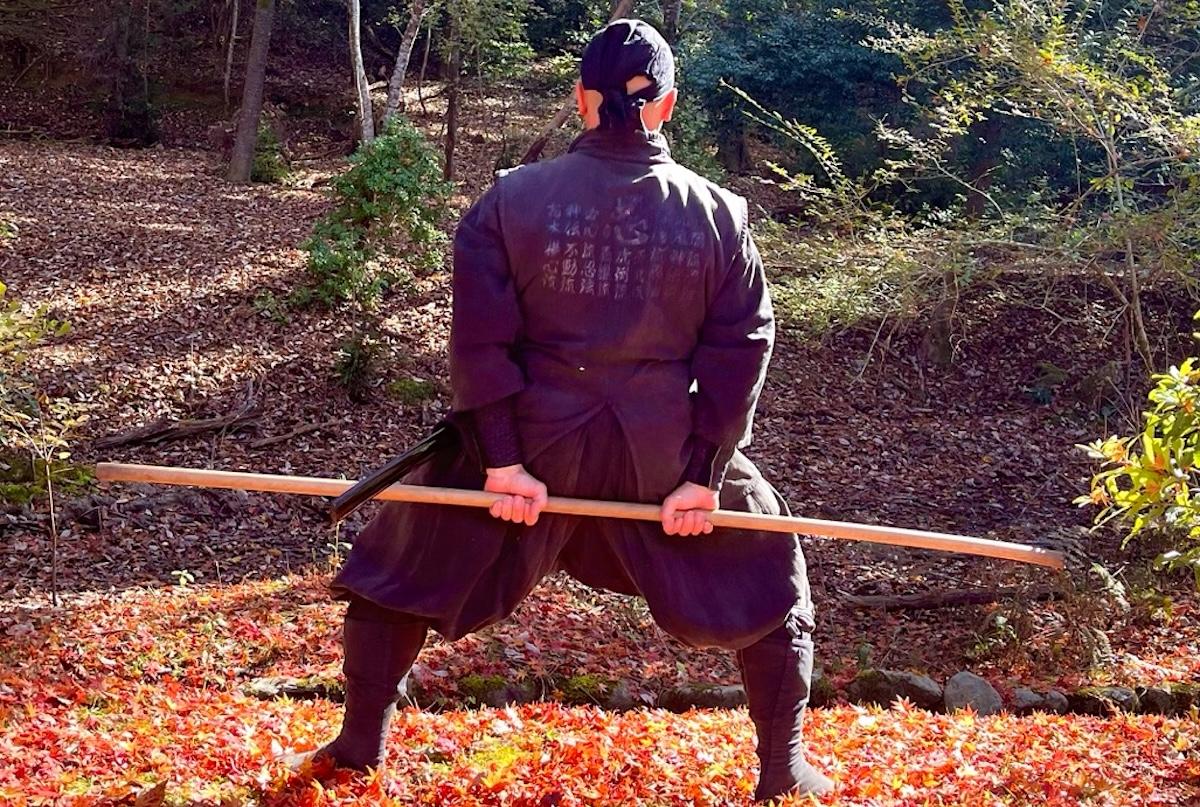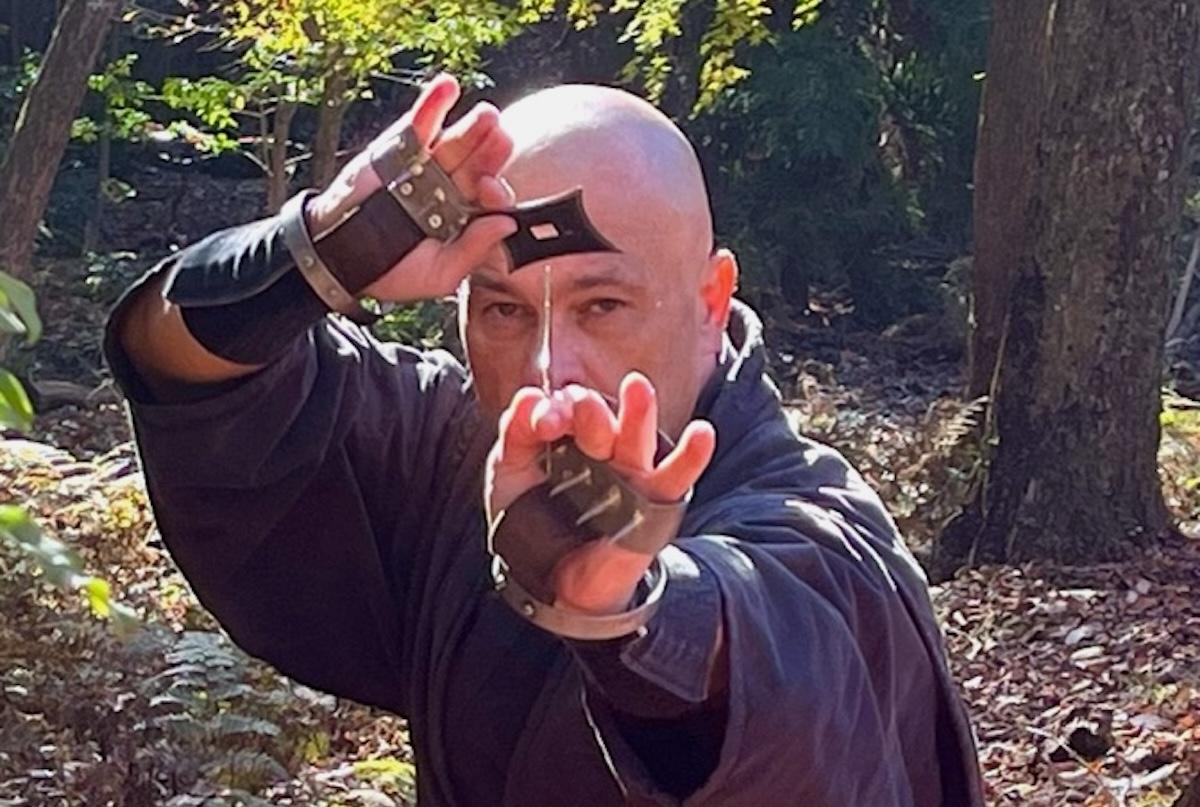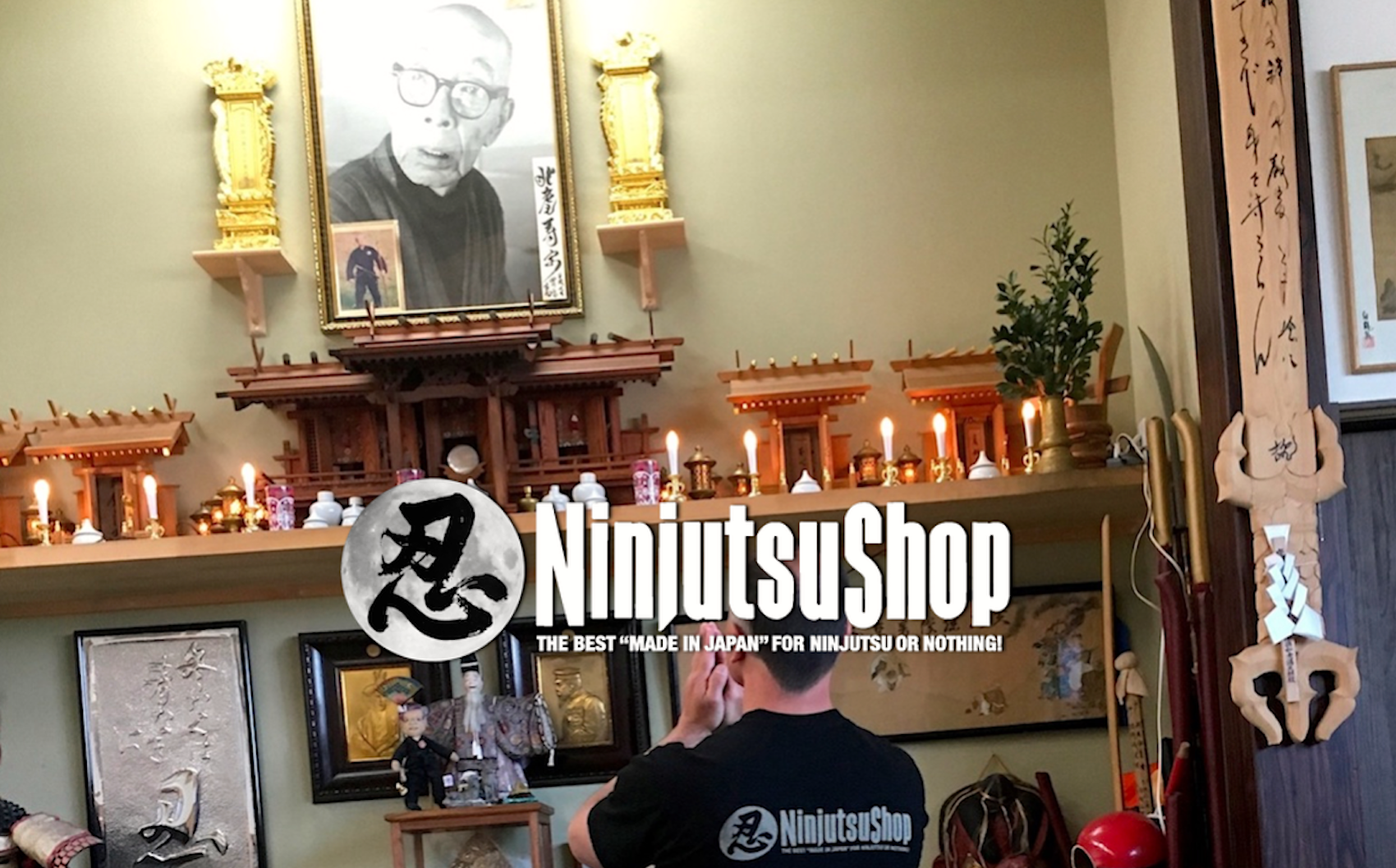Fake Ninjutsu Masters, Real Ego: The Social Media & AI Trap
In the age of social media and generative AI, illusions of mastery multiply. This article examines the causes and risks behind the rise of “fake masters” in Ninjutsu, martial arts, and wellness coaching — and re-centers the path on authentic practice, ethics, and living lineage.
Introduction
“Those who know do not speak; those who speak do not know.”
“Knowledge is like jam: the less you have, the more you spread it.”
With a few elegant videos, a minimalist set, soothing music, and a confident script, anyone can present themselves online as a coach, a sensei, or even a spiritual guide. Artificial Intelligence amplifies the effect: it can produce inspiring images and polished texts without lived experience, discipline, or embodied depth behind them.
Writing from Kyoto as an instructor trained in the Togakure Ryū Ninpō tradition, I observe these drifts clearly. Ninjutsu is not a costume, a trend, or a performance. It is a path of body and mind. The ego loves to appear; the path (Dō) teaches us to be. My intention is not to judge, but to recall the centrality of sincerity, coherence, and patient practice.
This article explains: (1) how digital illusion takes hold, (2) the deeper causes, (3) the physical and moral risks for students, (4) markers of authentic teaching, and (5) the necessary return to practice, quietness, and inner truth.
For training grounded in living tradition, visit NinjutsuKyoto.com, and for technical gear selected for real practice, NinjutsuShop.com.
I. The Age of Digital Illusion: when image replaces experience
1) The display of egos
Platforms reward visibility over veracity. A slick reel, photogenic postures, and punchy lines can simulate expertise. Likes often replace rei (礼 — respect), and algorithms arbitrate legitimacy. Popularity gets mistaken for competence; influence for transmission.
- False signal: views and followers are not proof of teaching ability.
- Blind spot: cameras never show sweat, repetition, correction, or years of quiet keiko.
- Effect: beginners mistake scenic ease for embodied skill.
2) “Minute coaching” and spiritual entertainment
The cult of speed has birthed an industry of “express awakenings” and “weekend master certifications”. Even when sincere, such offers forget a simple reality: body and mind mature at their own pace. You don’t download a correct posture — you cultivate it through intelligent repetition.
AI can draft training scripts and generate flawless visuals, but it cannot replace a teacher’s eye and hand — the responsibility to say “stop” when a joint is at risk, to adapt progression, to protect students. Tools are powerful; they are not the lineage.
3) The Ninjutsu case: from icon to cliché
In popular imagination, the ninja is a sleek black silhouette of spectacle. Yet Ninpō is not a stunt show: it is an education of attention
III. Physical and Moral Dangers: Believing the Illusion is Losing the Way
1) Injuries of the body and the mind
When teaching is built on ego rather than method, students are the first victims. Misunderstood techniques, uncorrected postures, or exercises performed without proper supervision can lead to serious physical injuries: sprains, joint tension, or long-term spinal imbalance. The body becomes the casualty of spectacle.
Yet beyond the body, the mind also suffers. By trusting unqualified instructors, many lose faith in their own discernment. They search outwardly for what should be awakened within. Disillusionment and mistrust replace curiosity and growth, breaking the connection between self and practice.
“When practice becomes display, the body breaks and the spirit fades.” — Jérôme Pailliette
2) Emotional dependency and subtle manipulation
The fake master does not guide — he binds. He promises awakening, transformation, or hidden power, but always under the condition of blind obedience. This breeds emotional dependence sustained by fear and flattery. Students become prisoners of admiration that no longer uplifts, but confines.
In the spirit of Bujindō, the teacher’s duty is to awaken autonomy and clarity. Authentic instruction never creates submission; it fosters freedom and awareness. A true master rejoices when a student walks forward on their own path.
“A true guide helps you stand, not kneel.” — Jérôme Pailliette
3) Loss of spiritual grounding
When showmanship replaces sincerity, the dojo ceases to be sacred. Rituals turn into choreography, meditation into an aesthetic prop. People speak of energy and spirit without having touched their source. The void wears the mask of depth, and the sacred becomes merchandise.
The Togakure Ryū Ninpō teaches that true spirituality is silent, invisible, and demanding. It lives in the precision of movement, the depth of breath, and the sincerity of the gaze turned inward. This inner work cannot be streamed — it must be lived.
“The real master does not teach belief; he teaches experience.” — Jérôme Pailliette
IV. The Authentic Way: To Embody, To Transmit, To Serve
1) Returning to living transmission
The Ninpō path is a living chain: teacher → student → practice → realization. Nothing replaces human presence — a corrective hand, a silent nod, a disciplined repetition. Knowledge is not information; it is a vibration transmitted through sincerity and endurance.
In Japan we say: Keiko wa kokoro no kagami — “Training is the mirror of the heart.” What we do on the tatami reflects what we cultivate in life. Authentic teaching forms human beings, not digital content.
2) The role of silence and continuous practice
The one who teaches must practice. The one who practices must cultivate silence. For silence is not emptiness — it is the space where truth appears. In Mikkyo (密教), the esoteric teaching says: “He who knows, meditates before speaking. He who speaks without meditating, drifts away from the Way.”
“The silence of the master teaches more than a thousand words.” — Jérôme Pailliette
3) The moral responsibility of a true teacher
To teach is to serve the Way, not the self. The true teacher protects both the body and the soul of the student. He does not manipulate, humiliate, or seduce; he transmits with integrity. His joy comes not from being admired, but from seeing others grow.
In the Togakure Ryū tradition, a teacher’s worth is not measured by the number of students, but by their sincerity and awareness. The true instructor does not project light — he helps others find their own.
“To transmit is to serve the Way, not your image.” — Jérôme Pailliette
For further study: Training and retreats at NinjutsuKyoto.com — Authentic gear and traditional Shinobi equipment at NinjutsuShop.com.
V. Conclusion: Returning to the True Path Beyond the Illusion
We live in a fascinating yet dangerous age. Fascinating, because humanity has never had such wide access to wisdom and tradition; dangerous, because superficiality now wears the mask of mastery. In this world of images, the essence of Ninpō remains a call to depth, humility, and truth.
Being a master is not about popularity or titles. It is about embodying coherence — between words, movement, and heart. The one who talks without training betrays the Way; the one who trains without humility strays from it. Real mastery is not an appearance; it is a daily discipline lived in silence.
“Image attracts the eyes; truth transforms the heart.” — Jérôme Pailliette
1) Ego or the Way: one must choose
The greatest danger of false masters is not that they deceive others — it is that they deceive themselves. The ego wants to dominate, control, and be seen; the Way seeks to serve, understand, and dissolve. Ninjutsu is not an art of power, but an art of discernment: distinguishing reality from illusion, truth from spectacle.
A sincere practitioner learns to let go of appearances. They stop trying to “become someone” and instead rediscover the joy of simply being. Simplicity becomes liberation; it frees us from the need to be seen, compared, or validated.
2) Silence as an answer to confusion
The modern world never stops talking — but wisdom remains silent. In the Zen and Mikkyo traditions, one learns Shikan Taza (止観坐) — “Sit and Observe.” In silence, clarity returns. The true teacher speaks through calmness, through the subtle rhythm of breathing, through the peace that radiates from presence.
“The master’s silence is the loudest teaching.” — Jérôme Pailliette
3) The return to practice and to reality
The antidote to illusion is not criticism — it is practice. Training, sweating, breathing, observing, failing, and standing up again. Listening to nature, feeling the body, accepting the slowness of growth. That is where truth lives — beyond filters, beyond likes, beyond algorithms.
On the soil of Kyoto, amidst the wind, rain, and silence of the forest, the lesson is always the same: only presence is real. The path of Ninpō is not about escaping the world, but walking through it with awareness and compassion.
“The true ninja doesn’t flee the world — he walks through it without illusion.” — Jérôme Pailliette
4) A message to future generations
To students, teachers, and seekers of truth: remember that a master’s worth is measured by example, not by reputation. The beauty of a technique lies in its sincerity, not its spectacle. The true transmission of Ninjutsu is not content — it is conscience.
Keep training, keep meditating, keep breathing in silence. Seek clarity before recognition. Choose integrity over visibility. In that return to simplicity lies the greatest revolution — the rediscovery of what is real, alive, and sacred.
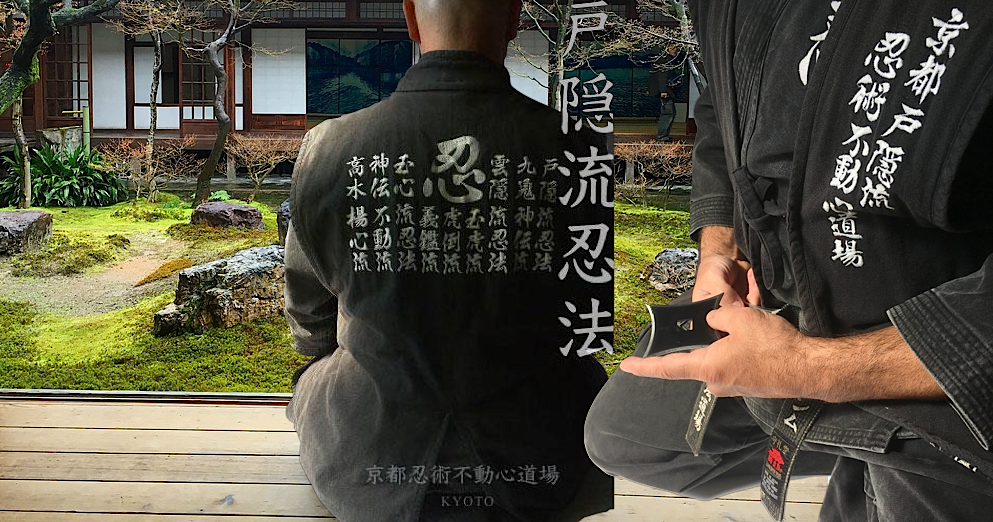
“忍術を再び取りこむ, 心に潤いを”
To embrace Ninjutsu again, and nourish the heart.
Jérôme Pailliette
Instructor of Togakure Ryū Ninpō, Kyoto
Founder of NinjutsuKyoto.com — Traditional gear available on NinjutsuShop.com
Epilogue: Serving the Way, Not the Image
In every era, truth fades and then reawakens. Today, as before, the world needs sincere, humble practitioners — those who live what they teach, and teach what they live. In this cycle of simplicity and discipline, the essence of Bujindō (武神堂) endures.
The way of the ninja is not about hiding — it is about seeing clearly. Serving truth, not ego; protecting tradition, not image; embodying peace, not power. The practitioner who walks silently through the world becomes a bridge between the ancient and the yet-to-come.
“The ninja does not flee the world — he perceives it, understands it, and moves through it with compassion.” — Jérôme Pailliette
May these words remind every reader that true greatness does not need to shine — it simply is. And may the light of Ninpō continue to guide those who walk, not those who pose.

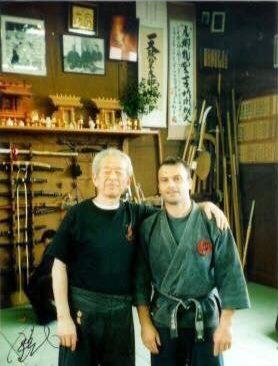
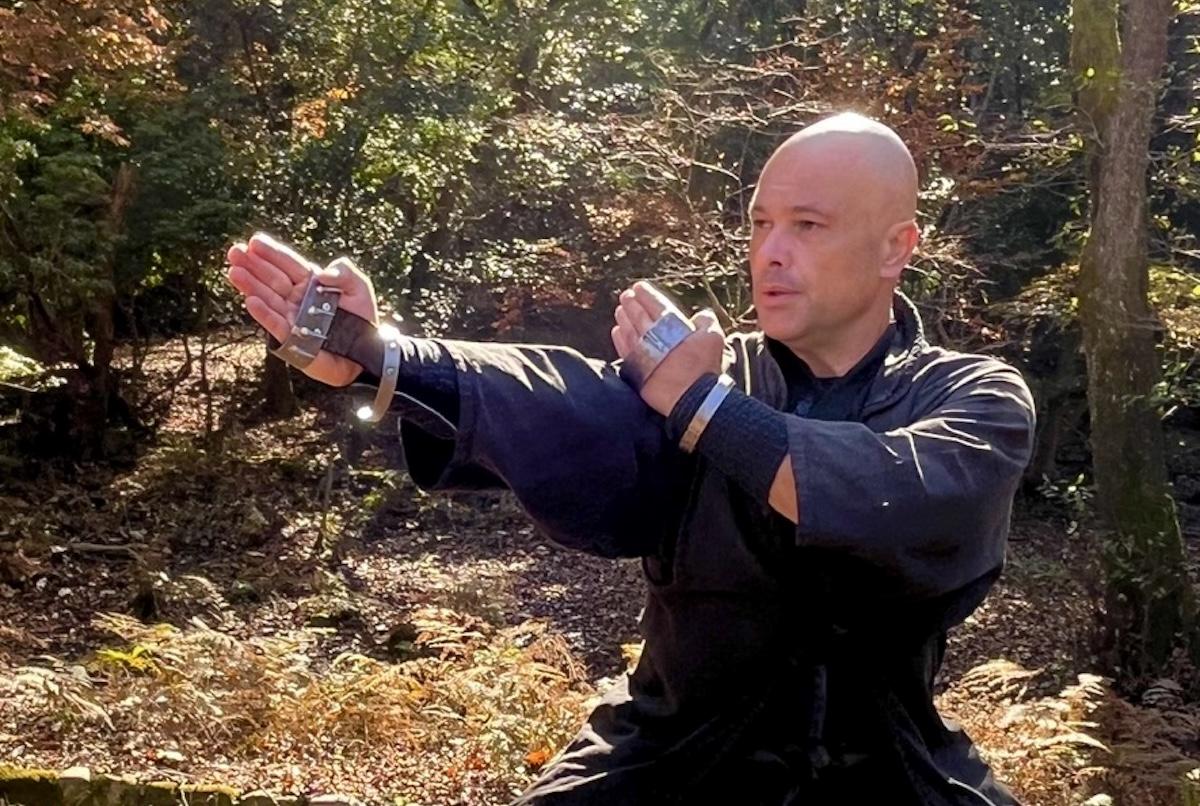 In the age of social media and artificial intelligence, the illusion of knowledge has invaded martial arts and wellness culture. Written by Jérôme Pailliette, instructor of Togakure Ryū Ninpō in Kyoto, this article exposes the rise of false masters and self-proclaimed coaches driven by ego and image rather than discipline and experience.
In the age of social media and artificial intelligence, the illusion of knowledge has invaded martial arts and wellness culture. Written by Jérôme Pailliette, instructor of Togakure Ryū Ninpō in Kyoto, this article exposes the rise of false masters and self-proclaimed coaches driven by ego and image rather than discipline and experience.